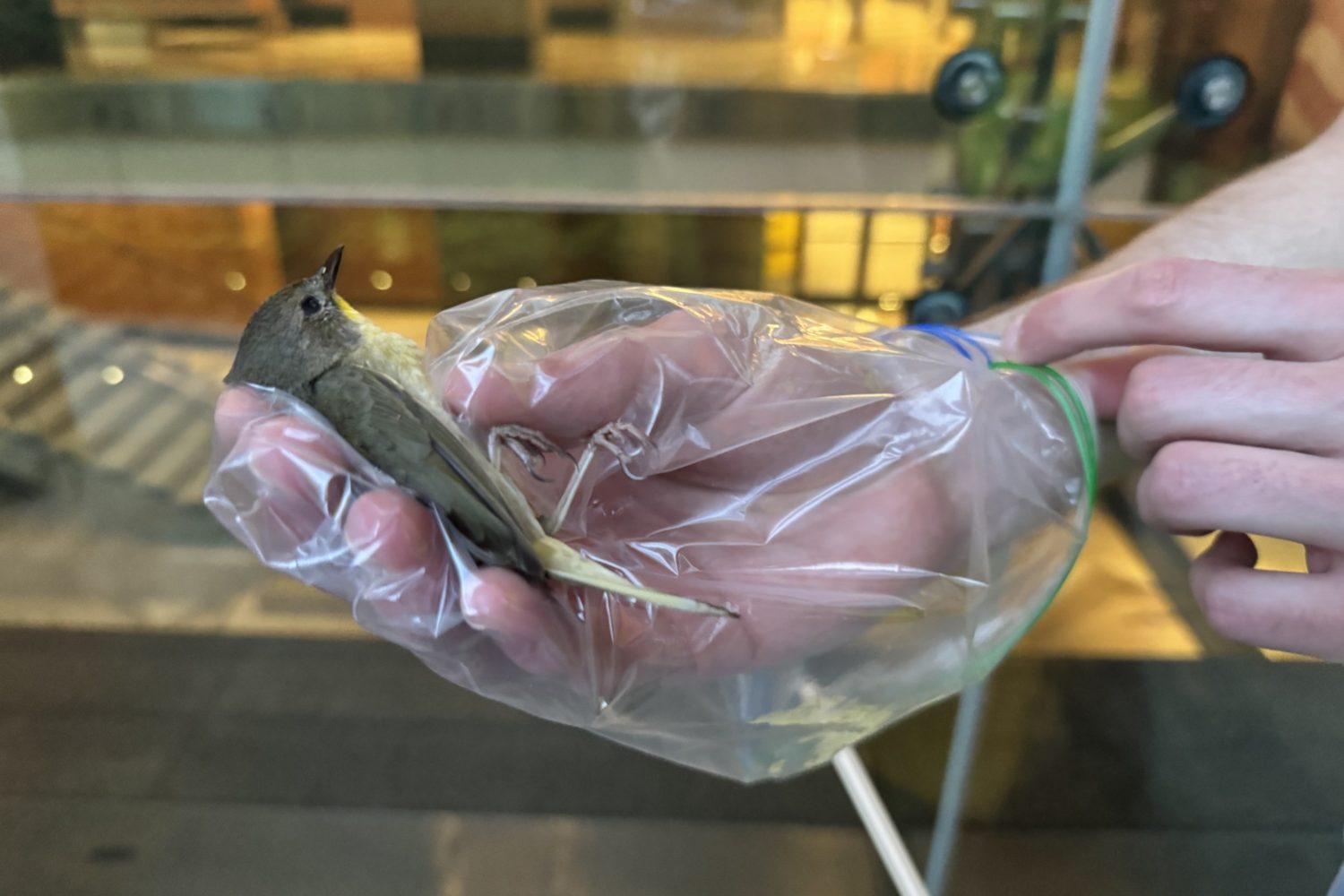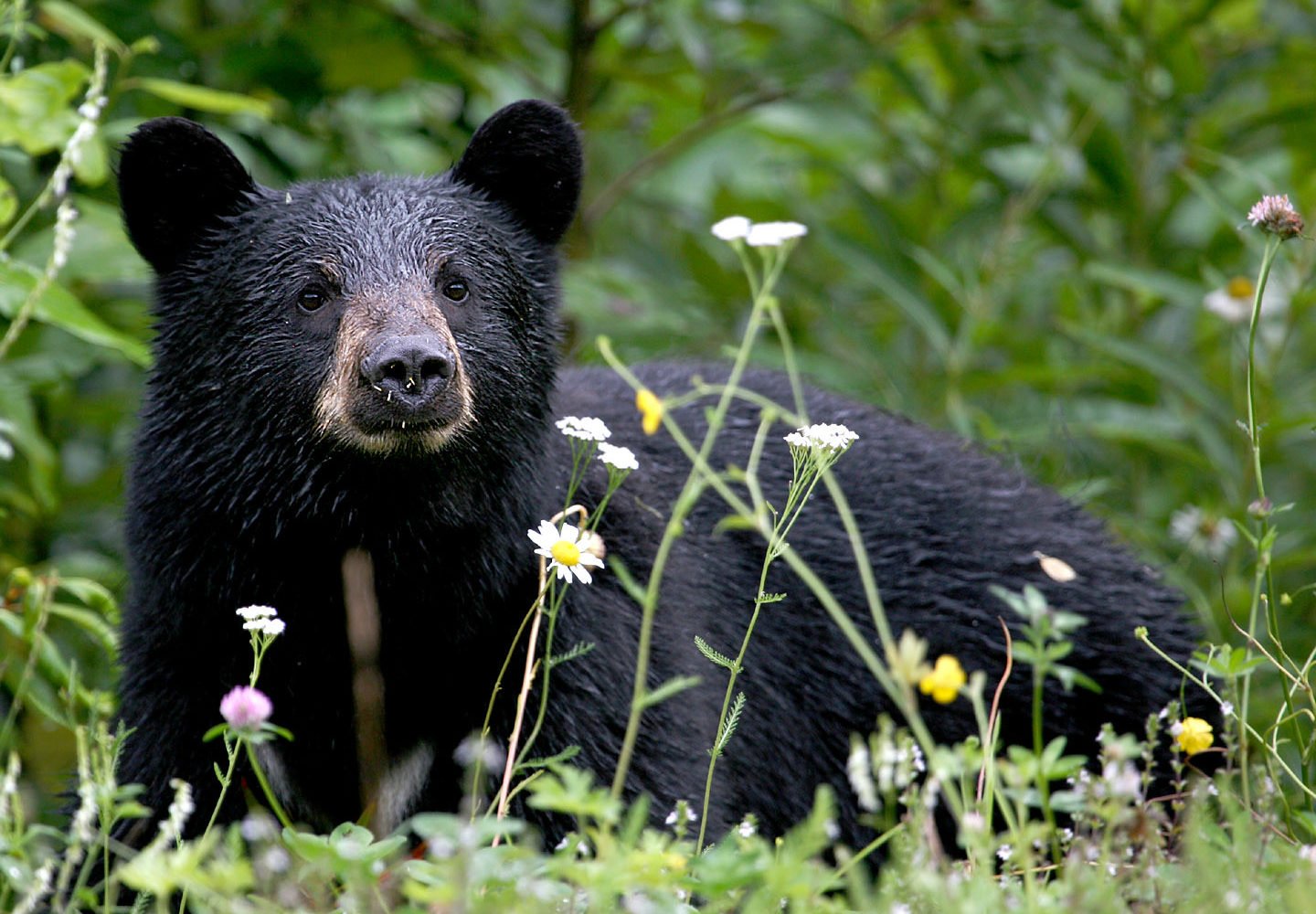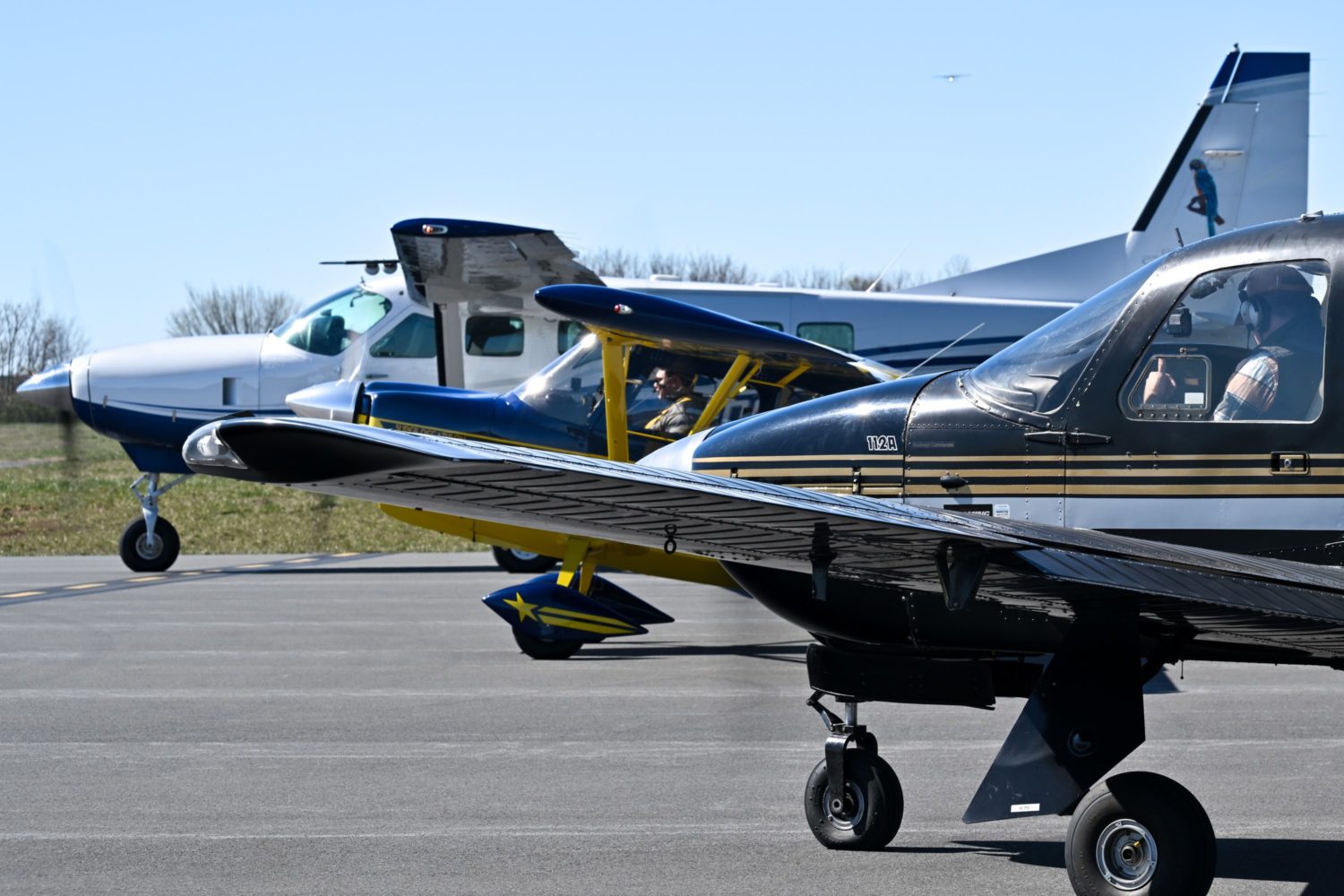Echoes of a Master
“All art is about other art,” says painter William Dunlap. And Dunlap’s art is often in part about Rembrandt.
The 63-year-old veteran of Washington’s art scene appreciates how the Dutch master layered paint thickly on parts of the canvas while leaving others almost bare. Working in his McLean studio, the Mississippi native tweaks this concept, adding three-dimensional objects such as a vandalized mailbox or a knife jutting from the canvas.
Dunlap says his work has “quoted” Rembrandt’s “Self-Portrait”—which hangs in the National Gallery of Art—many times; Rembrandt’s face peers out of several of his landscapes. “He’s been gone for 400 years,” Dunlap says, “and he’s still talkin’ as loud as he ever did.”
Inspired By The Past
Maggie Michael’s abstract paintings bear little resemblance to the Freer Gallery’s collection of ancient Indian sculptures.
Michael’s contemporary paintings are a carefully choreographed mishmash of spills, drips, and splashes in spray paint, oil, ink, and pencil. The sculptures, which date back as far as the first century, are intricately carved, detailed depictions of Indian deities.
But Michael sees echoes of the sculptures in her work, particularly in the sense of movement and the balance between control and chaos.
Michael, 32, frequently studies the sculptures and wanders the Freer and its sister gallery, the Sackler. “It’s the museum I go to when I want to be quiet and find connections with cultures distant from mine,” she says.
Lincoln's Hilltop Retreat
Abraham Lincoln and his family spent Washington’s hottest months in a hilltop cottage three miles north of the Capitol. There he weighed his campaign managers’ advice to repeal the Emancipation Proclamation.
“In August 1864, President Lincoln was sitting in the parlor of this house at dusk, alone, facing the supreme personal crisis of his career,” says historian Michael Beschloss. “It was in this house that he made the fateful decision to persist. You can almost feel it when you walk inside.”
On Presidents’ Day 2008, that cottage—called the Soldiers’ Home because it originally served retired and disabled war veterans—will open to the public for the first time. Beschloss’s latest book, Presidential Courage, profiles pivotal moments—including this decision by Lincoln—in presidencies.
Where does Lincoln rank among Beschloss’s favorite presidents? “I come from Illinois. Enough said?”
The Secret Garden
Patricia Tobacco Forrester, a wateroolorist, travels the world searching for exotic, beautiful landscapes. She’s known for oversize paintings of tropical regions in California, South and Central America, and the Caribbean.
When Forrester returns to her home in DC’s Kalorama, she often turns to painting small depictions of roses at the Hillwood Museum’s gardens, near Rock Creek Park.
“Hillwood is so serene, so quiet and lovely,” says Forrester, 66. The Massachusetts native and graduate of Smith College and Yale University says a college internship at the National Gallery of Art introduced her to Washington. The city’s many museums, parks, and gardens brought her back.
Flyboy Hangout
When Fred Gregory was at the Air Force Academy in the early 1960s, his instructors were pilots who told stories of flying over Europe in World War II, some in P-38 Lightnings like this one at the National Air and Space Museum Udvar-Hazy Center near Dulles Airport.
After a distinguished career in the Air Force and NASA—where he flew the space shuttle three times and climbed the ranks to deputy administrator—Gregory, 66, retired two years ago.
Although he visits Air and Space every few months, his “grand plan” to see every display may be unattainable: “I become so fascinated with one or two areas within a display that I never get through an entire room.”
Out of Africa
Forty-five years ago, David Driskell—then an art professor at Howard University—helped conceive and start a small museum of traditional African art in a Capitol Hill townhouse.
Driskell today is a celebrated artist and scholar at the University of Maryland and curator of Bill Cosby’s art collection. And that small museum has become the Smithsonian’s National Museum of African Art, with ancient and contemporary art from the entire continent.
Two years ago, the museum received the Walt Disney–Tishman African Art Collection, 525 pieces from 20 countries and the largest private donation to an American art museum in almost 25 years. The collection—which includes this funerary sculpture from Madagascar—is the latest coup for a museum that’s captured the city’s imagination. “People have rallied to the cause of having it in Washington,” says Driskell.
Artists at Work
Jae Ko uses hundreds of rolls of ink-soaked paper to create her modern sculptures, some that measure more than six feet in diameter. “It takes at least three or four months before I let go of a piece,” says Ko, who lives in Georgetown.
During frequent visits to the Hirshhorn Museum, Ko admires the time and emotion that other artists invest in their work. In this simple black painting by Ad Reinhardt or Anish Kapoor’s curved blue sculpture, she finds a connection with the artists: “It makes me happy to feel what these artists have been through.”

















